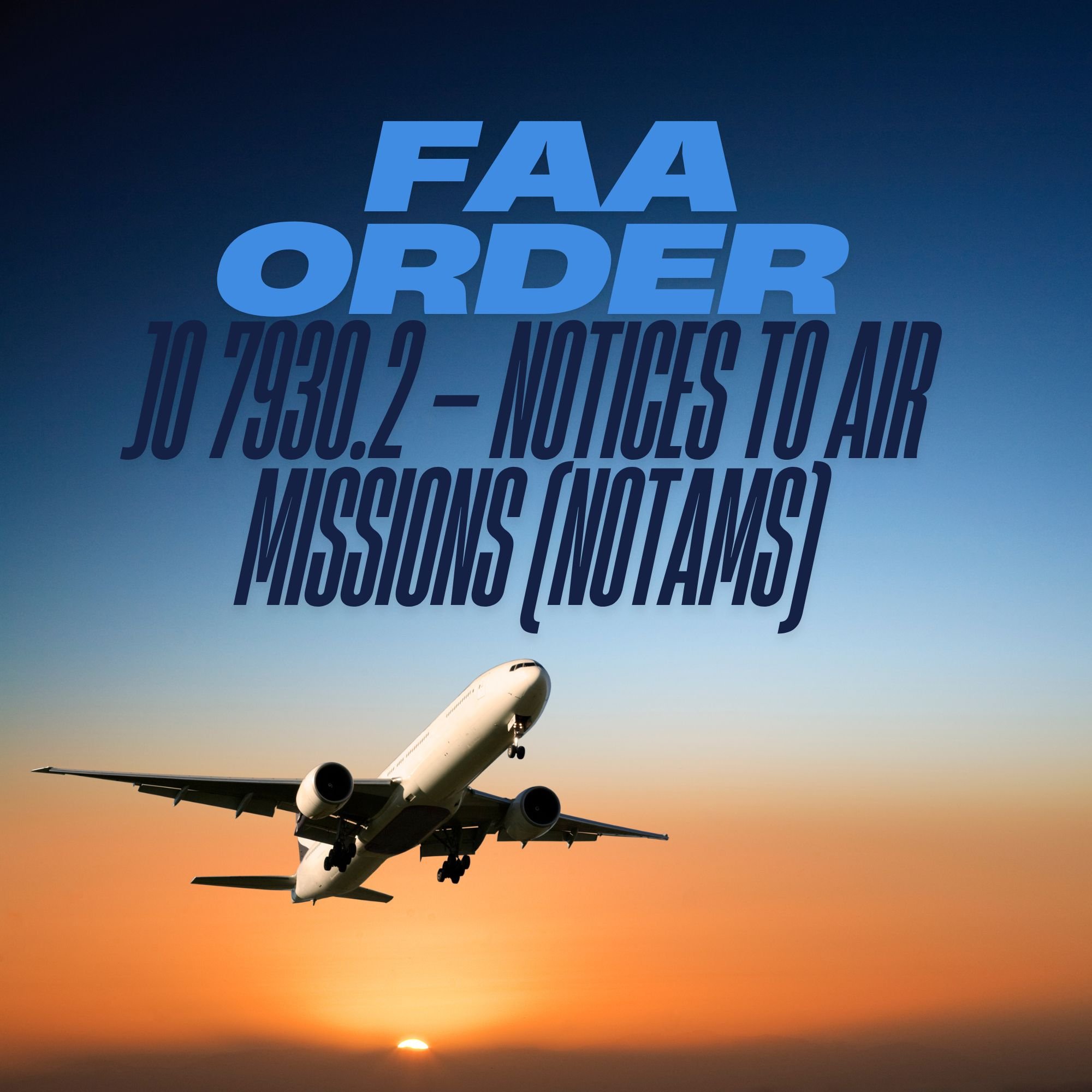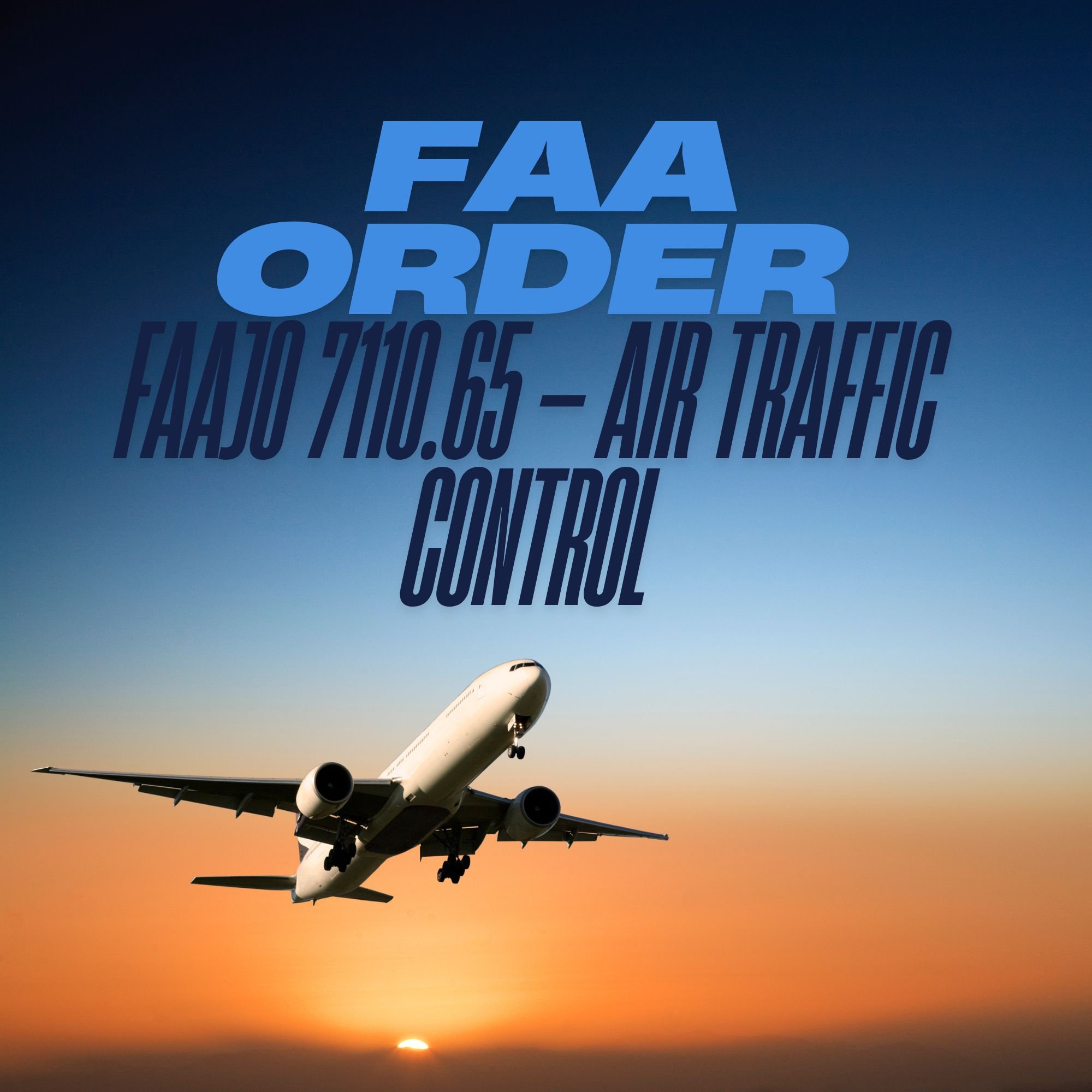14 CFR Part 91
*This is for informational and training purposes only. Check for the most current data before utilizing for operational purposes
14 CFR Part 91, titled "General Operating and Flight Rules," is a section of the Code of Federal Regulations issued by the FAA that governs the operation of aircraft in U.S. airspace for general aviation purposes. It establishes standards for pilots, aircraft maintenance, and flight operations not covered by commercial or air carrier rules (e.g., Parts 121 or 135). Key provisions include pilot responsibilities (e.g., §91.3: "The pilot in command is directly responsible for the operation of the aircraft"), weather minimums (e.g., §91.155: VFR visibility and cloud clearance), and equipment requirements (e.g., §91.205: instruments for powered civil aircraft). It applies to a wide range of activities, from private flights to certain unmanned aircraft operations, ensuring safety and compliance across non-commercial aviation.
Legal Disclaimer:
Documents provided by ATC123 are unofficial copies of public records intended solely for training and educational purposes. They are not certified or endorsed by any government agency, including the FAA, and should not be used for operational decision-making or legal compliance. ATC123 assumes no liability for errors, omissions, or reliance on these materials. Users are responsible for verifying information with official sources before any operational use.
*This is for informational and training purposes only. Check for the most current data before utilizing for operational purposes
14 CFR Part 91, titled "General Operating and Flight Rules," is a section of the Code of Federal Regulations issued by the FAA that governs the operation of aircraft in U.S. airspace for general aviation purposes. It establishes standards for pilots, aircraft maintenance, and flight operations not covered by commercial or air carrier rules (e.g., Parts 121 or 135). Key provisions include pilot responsibilities (e.g., §91.3: "The pilot in command is directly responsible for the operation of the aircraft"), weather minimums (e.g., §91.155: VFR visibility and cloud clearance), and equipment requirements (e.g., §91.205: instruments for powered civil aircraft). It applies to a wide range of activities, from private flights to certain unmanned aircraft operations, ensuring safety and compliance across non-commercial aviation.
Legal Disclaimer:
Documents provided by ATC123 are unofficial copies of public records intended solely for training and educational purposes. They are not certified or endorsed by any government agency, including the FAA, and should not be used for operational decision-making or legal compliance. ATC123 assumes no liability for errors, omissions, or reliance on these materials. Users are responsible for verifying information with official sources before any operational use.
*This is for informational and training purposes only. Check for the most current data before utilizing for operational purposes
14 CFR Part 91, titled "General Operating and Flight Rules," is a section of the Code of Federal Regulations issued by the FAA that governs the operation of aircraft in U.S. airspace for general aviation purposes. It establishes standards for pilots, aircraft maintenance, and flight operations not covered by commercial or air carrier rules (e.g., Parts 121 or 135). Key provisions include pilot responsibilities (e.g., §91.3: "The pilot in command is directly responsible for the operation of the aircraft"), weather minimums (e.g., §91.155: VFR visibility and cloud clearance), and equipment requirements (e.g., §91.205: instruments for powered civil aircraft). It applies to a wide range of activities, from private flights to certain unmanned aircraft operations, ensuring safety and compliance across non-commercial aviation.
Legal Disclaimer:
Documents provided by ATC123 are unofficial copies of public records intended solely for training and educational purposes. They are not certified or endorsed by any government agency, including the FAA, and should not be used for operational decision-making or legal compliance. ATC123 assumes no liability for errors, omissions, or reliance on these materials. Users are responsible for verifying information with official sources before any operational use.






